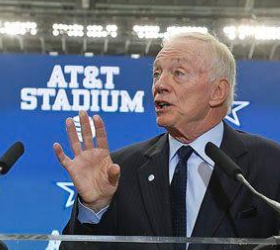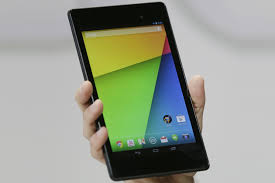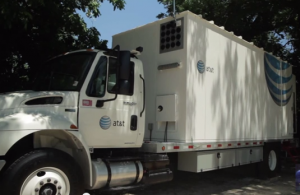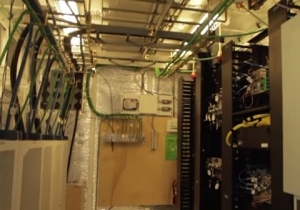 Still think the Wi-Fi in stadiums thing is a fad that will pass with time? If so we’re not at the peak yet; according to the folks at AT&T, wireless traffic for the NFL season opener at their new namesake AT&T Stadium (aka Cowboys Stadium in Dallas) jumped considerably from last year, with three times the amount of Wi-Fi data used this year compared to last year’s opening game.
Still think the Wi-Fi in stadiums thing is a fad that will pass with time? If so we’re not at the peak yet; according to the folks at AT&T, wireless traffic for the NFL season opener at their new namesake AT&T Stadium (aka Cowboys Stadium in Dallas) jumped considerably from last year, with three times the amount of Wi-Fi data used this year compared to last year’s opening game.
According to AT&T network statistics, fans at the Cowboys-Giants Sunday night game made more than 25,000 Wi-Fi connections, using up 1.3 million Mbytes of data in the process. Another 207,000 MBytes were used on the cellular and DAS networks in the building, 30,000 more MBytes than used during last year’s opener, according to AT&T. Good thing AT&T spent the offseason improving the networks inside the stadium, which were almost brand new. So even if your facility has Wi-Fi, it might already need an upgrade. Blame the device makers!
Enterasys Scores Network Win at Philly’s Linc
When Enterasys emerged as the network builder for the New England Patriots’ Gillette Stadium last year, there were questions throughout the industry wondering whether the company was a player in the big-stadium game, or whether it got the deal because of its local presence in New England. Now Enterasys can talk about its next big win, a network for the Philadelphia Eagles’ Lincoln Financial Field. Todd Weiss has a good story with all the details over at CITEWorld, one of our new favorite sites for enterprise IT information.
Cisco Video at Barclays
It’s not exactly news, but the video embedded below is a good explanation of how Barclays Center and its technology leader Chip Foley is making use of Cisco’s stadium video technology to be one of the few cutting-edge arenas that is really offering powerful applications to fans in the building. Look for an extended interview with Chip in our upcoming Fall Technology Review. We met Chip at the SEAT Conference last month, and can’t wait to share his enthusiasm and ideas for bringing a better experience to fans.










